
Welcome to Part 2 of UnboundEd’s Multilingual Learner Digital Hearth Series. This series is a “digital fireside chat,” where we’ll discuss topics that bridge the gap between research and practical application. These chats provide insights into equity-centered mindsets, successful advocacy, and progressive system upgrades that support our schools’ Multilingual Learners.
Empowering School Leaders: Making Moves to Disrupt Predictable Outcomes for Multilingual Learners
The best thing leaders can do for Multilingual Learners is provide professional development to their teachers. Teachers in every discipline benefit from strategies to support Multilingual Learners. All students benefit when a school community unites to ensure positive outcomes for Multilingual Learners. Leaders set the tone for the school community.
In this blog, we discuss ways leaders can catalyze the development of educators so teachers can lead and support an equitable playing field for Multilingual Learners. Amy Rudat, Senior Director, Program Design, UnboundEd, is the moderator of this conversation.
Featured experts


Michelle Hunsberger

Andrea Robinson
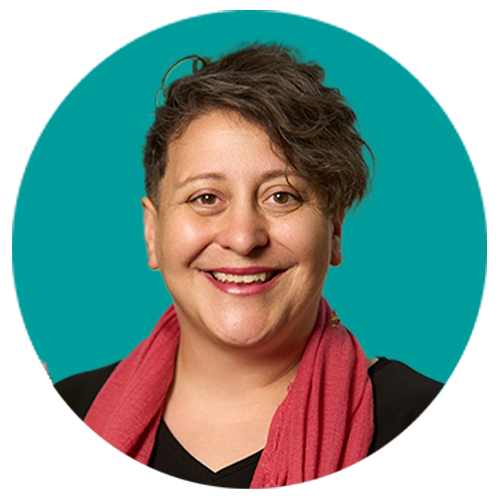
Amy Rudat
What can school leaders do to support Multilingual Learners and ensure they experience GLEAM Instruction? What is their role?
Megan: School leaders can provide ongoing professional development opportunities for teachers to effectively plan, scaffold, and differentiate instruction to meet the diverse needs of Multilingual Learners. This includes work around writing language objectives that amplify the mode(s) and function(s) of language within a lesson, strategies such as using visual aids, explicit vocabulary instruction, leveraging students’ first language, and offering alternative assessment opportunities to ensure that all students can access and demonstrate understanding of grade-level content. Additionally, school leaders can collaborate with teachers to deconstruct and reconstruct curriculum materials to better reflect the backgrounds and experiences of Multilingual Learners. This can help students feel more connected to the content and increase their learning motivation.
Andrea: School leaders must ensure that Multilingual Learners have access to the same grade-level coursework and content as their English-proficient peers. They need to be creative in scheduling interventions, recognizing that this is only appropriate after the first instruction has been provided. They need to recognize that when students do not meet grade-level standards, it is not the fault of students or caregivers. School leaders need to prioritize the needs of students over the comfort of staff. This means ensuring that students receive high-quality, standards-aligned instruction that is culturally relevant. It also means grouping students heterogeneously and providing staff with the necessary training to instruct students with varying levels of English proficiency.
Michelle: Build the capacity of the teachers to scaffold up and understand the detriment to a student’s language development when text is modified with decreased rigor. Also, there are multiple entry points into grade-level texts, and they will look different for different students based on their strengths and needs.
What happens when school leaders put these policies, programs, and strategies in place?
Megan: As a school leader, we continue to build a multi-tiered system in which Multilingual Learners and their families feel supported. Our school priorities focus deliberately on improving achievement outcomes for Multilingual Learners. As such, professional development opportunities, budgetary considerations, curriculum selection, instructional coaching, staffing decisions, and teachers’ student and professional practice goals are written to include action steps specifically targeting improving instruction for Multilingual Learners. By prioritizing the needs of our Multilingual Learners and fostering strong partnerships with families and community stakeholders, we have created a school community where all students feel supported, valued, and empowered to succeed.
One key aspect of our success story is the restructuring of grade-level teams to include a certified Multilingual Learners teacher at each grade-level, grades 1 – 8. These teachers provide push-in, co-teaching support for tier 1 content, and language acquisition services during two dedicated intervention blocks throughout the day. This team works closely with grade-level elementary generalists and middle school core content teachers, respectively, to design language supports, provide academic guidance around the language acquisition continuum, and suggest social-emotional resources to ensure that students feel welcomed and valued in our school community.
In addition, a Multilingual Learners instructional coach collaborates exclusively with our grade-level Multilingual Learners teachers on a weekly basis to enhance their pedagogical skills and build capacity in supporting Multilingual Learners. Overall, our success in creating a supportive environment for Multilingual Learners and their families is a testament to our commitment to equity, inclusion, and collaboration. Through co-planning workshops, peer observations, demonstration lessons, and observations and feedback, our teachers continue to gain valuable insights and refine strategies to effectively differentiate instruction and create inclusive learning environments that push students to the edge of their language competencies across all four language domains.
Andrea: I taught at an elementary school with nearly 500 Multilingual Learners in grades K–5. We experienced the most success when our content area teachers (for ELA, math, science, or social studies) collaborated with the English Language Development (ELD) teachers to plan differentiated instruction focused on teaching language alongside content. We mapped out content and language goals, developed success criteria, and then determined scaffolds to support students at varying ELP levels.
The success of Multilingual Learners begins with the mindset and expectations of a school leader. School leaders set the priorities and tone for the learning environment. When leaders and teachers embrace the GLEAM hypothesis to guide their instructional planning and approach, all students can thrive.
READ THE MULTILINGUAL LEARNER DIGITAL HEARTH SERIES

Multilingual Learner Digital Hearth Series: Part 1
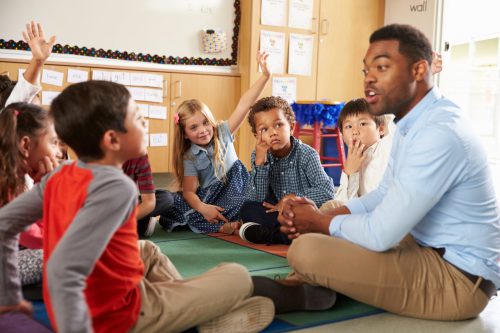
Multilingual Learner Digital Hearth Series: Part 3
Next steps with GLEAM®
Choose the path that fits your team
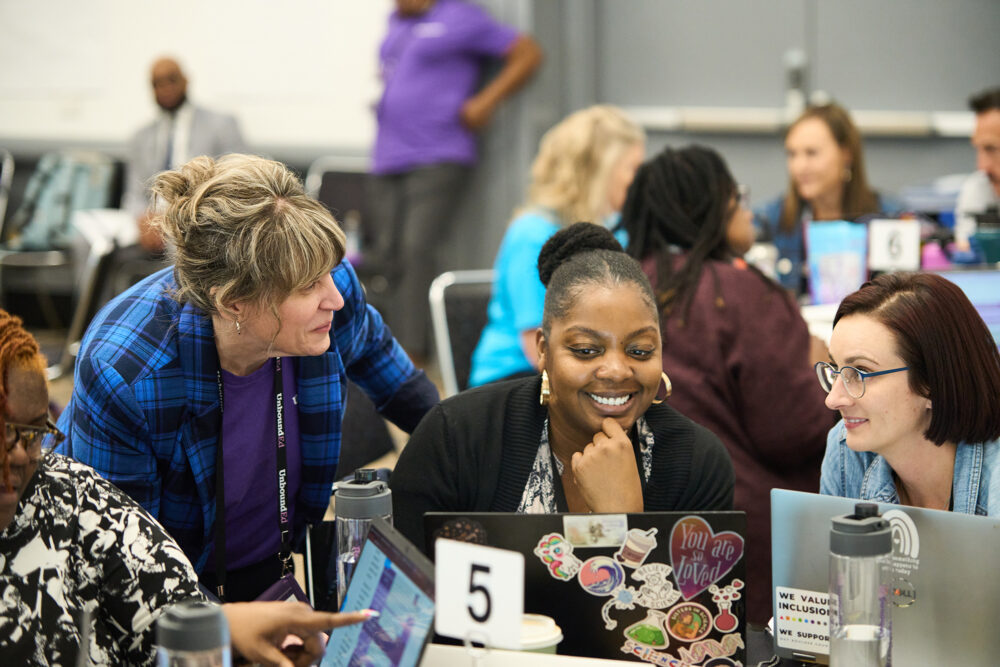
Standards Institute™
At Standards Institute, educators cultivate the mindsets, skill sets, and tools to provide grade-level, engaging, affirming, and meaningful instruction.
Learn More ➜
UnboundEd Summits
Accelerate your instructional vision and build educators’ skills and expertise with a virtual or on-site Local Summit.
Learn More ➜

In-Service Workshops
UnboundEd’s dynamic, hands-on workshops build educator capacity by focusing on timeless, cross-disciplinary instructional moves that drive effective instruction, rigor, and student empowerment.
Learn More ➜
Online Math Academy
UnboundEd’s Online Math Academy courses enrich educators’ content knowledge and instructional practices to unlock all students’ math potential.
Learn More ➜
Curriculum Adoption
Ensuring quality materials are adopted and used effectively is crucial to improving outcomes and requires a strong instructional materials selection process. We’re here to share guidance and support on leading a rigorous and collaborative curriculum adoption process to select the right materials for your context and goals.
Learn More ➜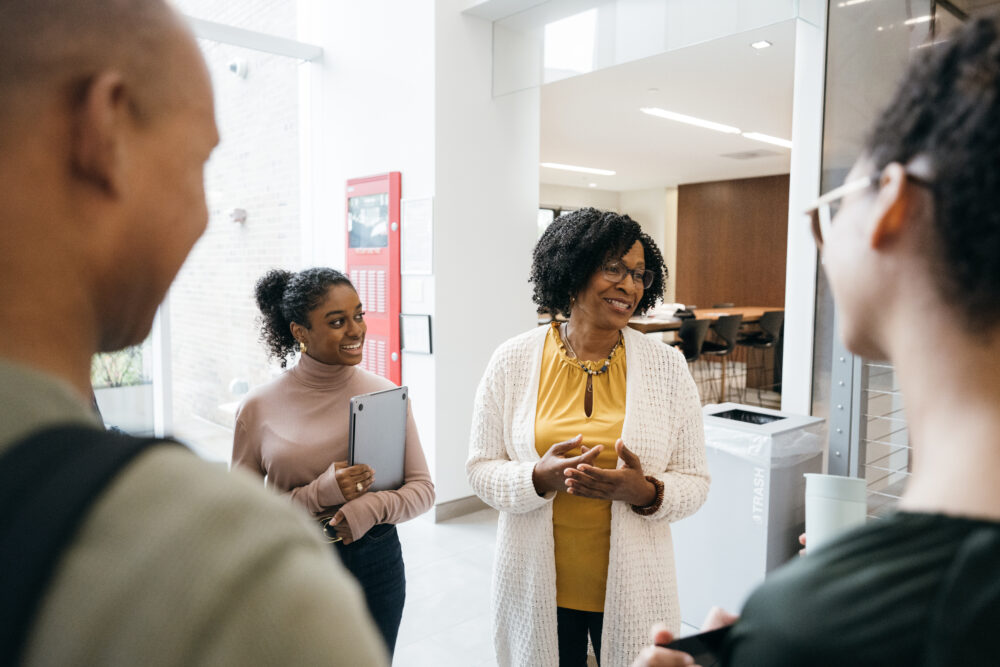
Curriculum Implementation
Just getting started, or need to get back on track? We work with you on a shared vision and an actionable plan for curriculum success.
Learn More ➜
Literacy ReclaimEd
Improve literacy instruction and better meet the unique needs of every student.
Learn More ➜
GLEAM® Inventory
Build your team’s understanding of grade-level, engaging, affirming, and meaningful –GLEAM®– instruction and transform how you serve all students in your district.
Learn More ➜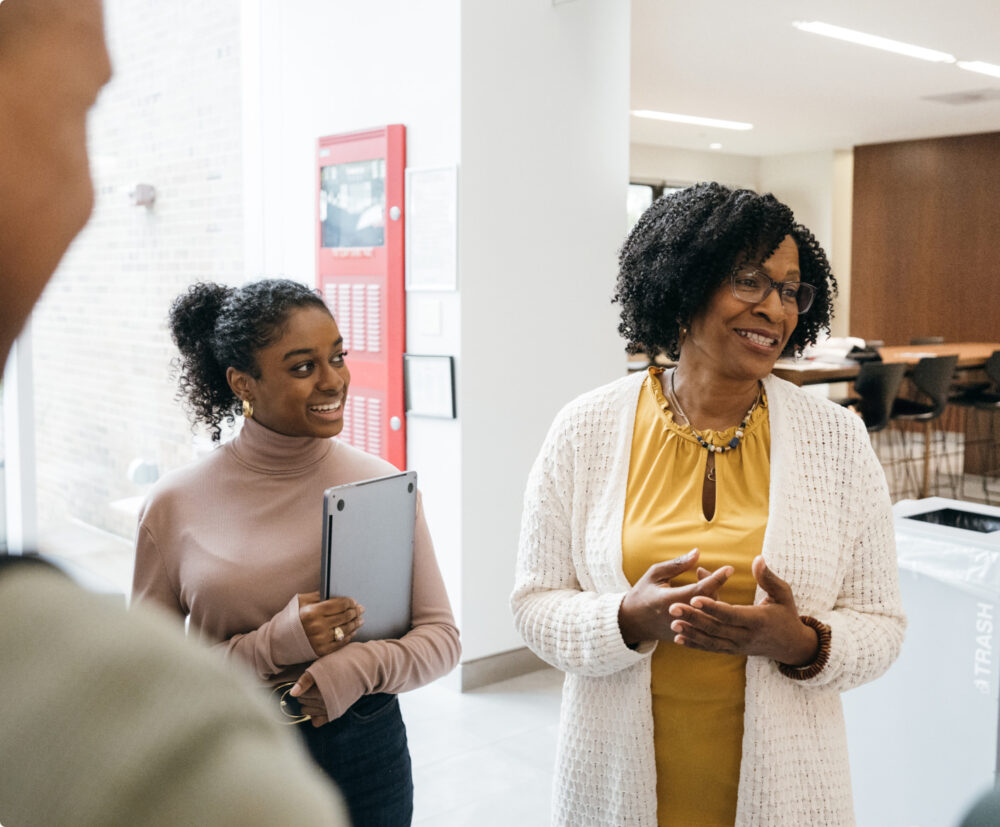
Speaking Engagements
Our experts offer inspiring, thought-provoking messages and conversations that will get your team thinking creatively about shifting mindsets and changing practice.
Learn More ➜
California Math Curriculum Adoption and Launch Cohort
Prepare to adopt and launch high-quality mathematics instructional materials with no-cost, grant-funded support from UnboundEd.
Learn More ➜